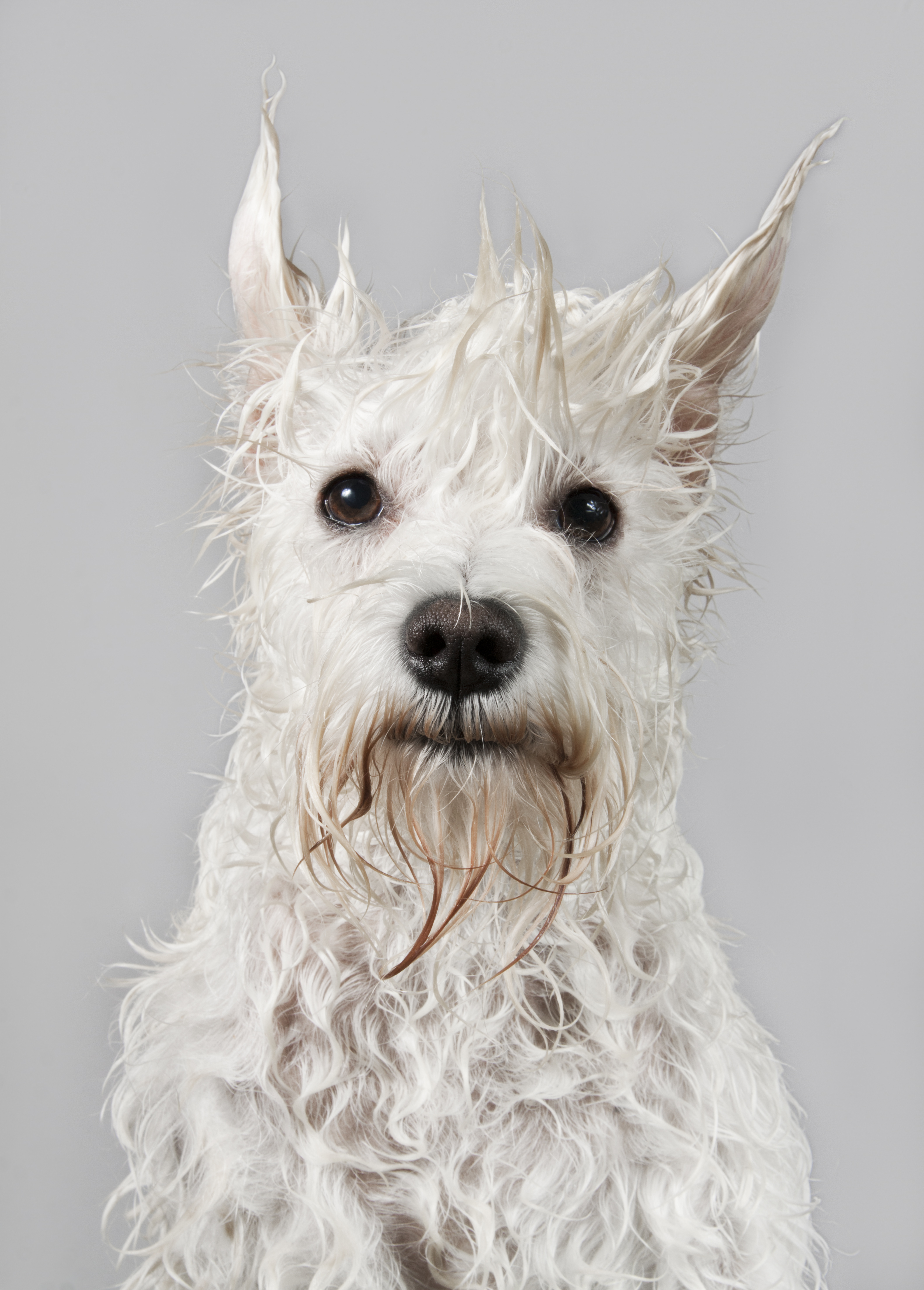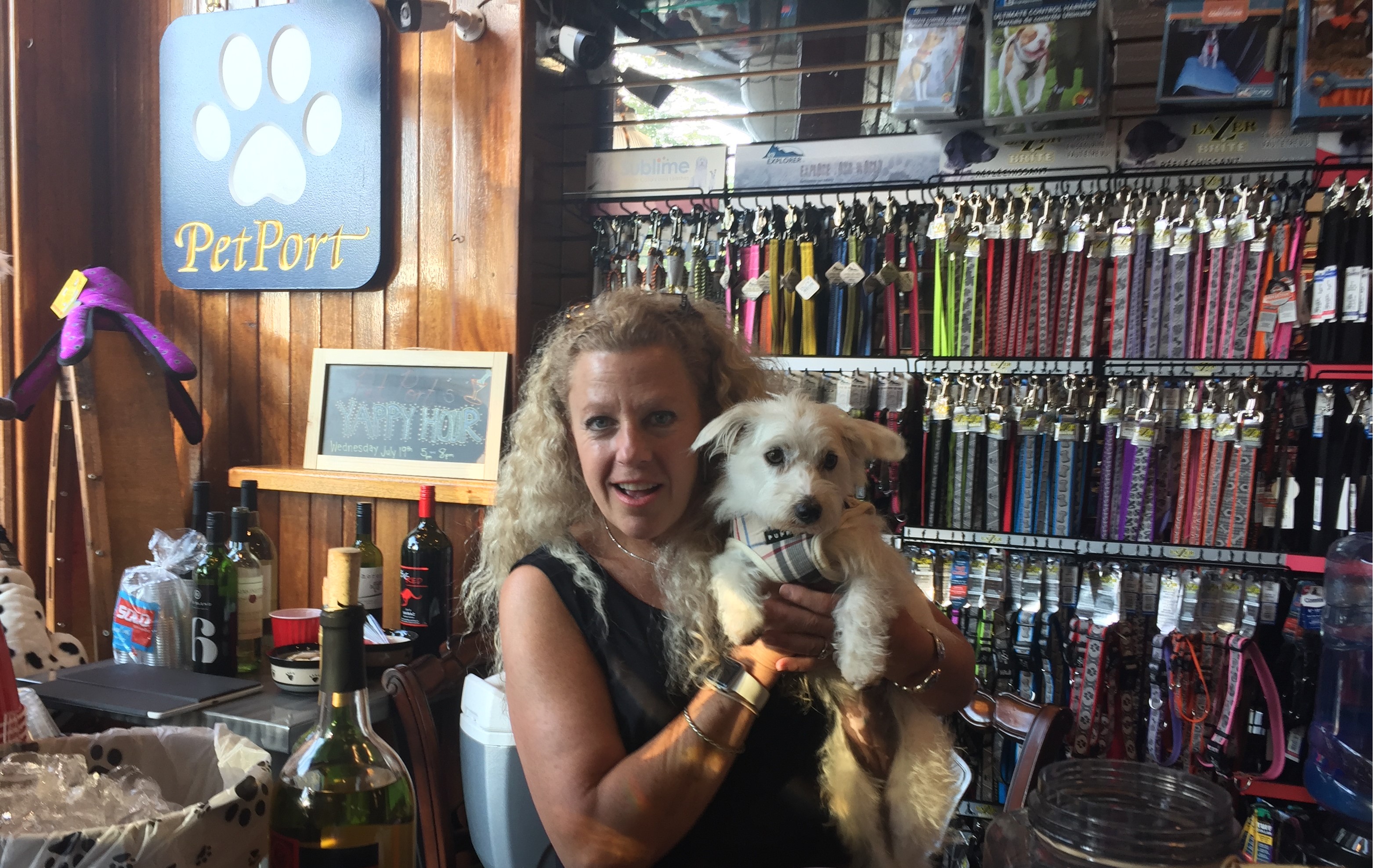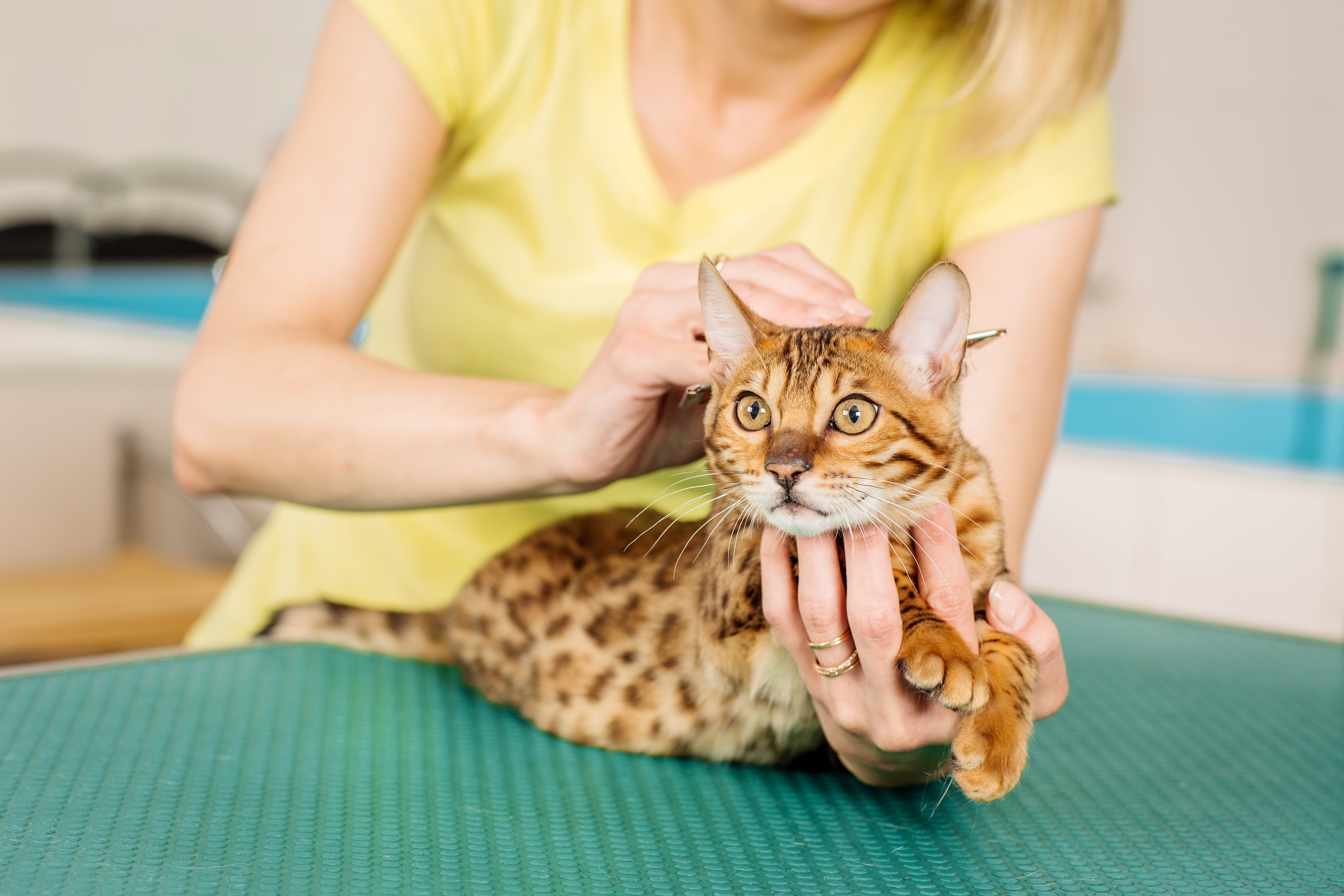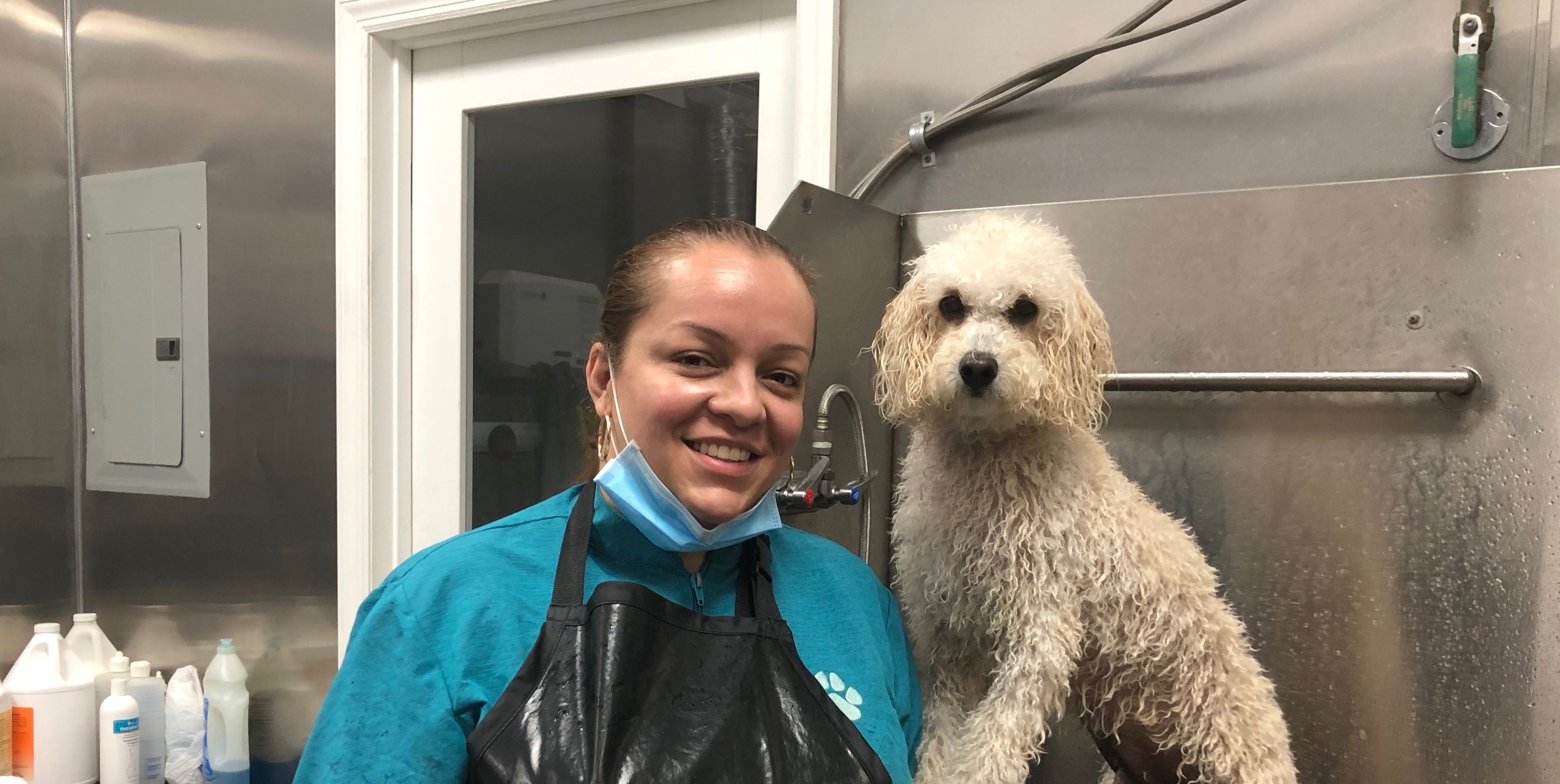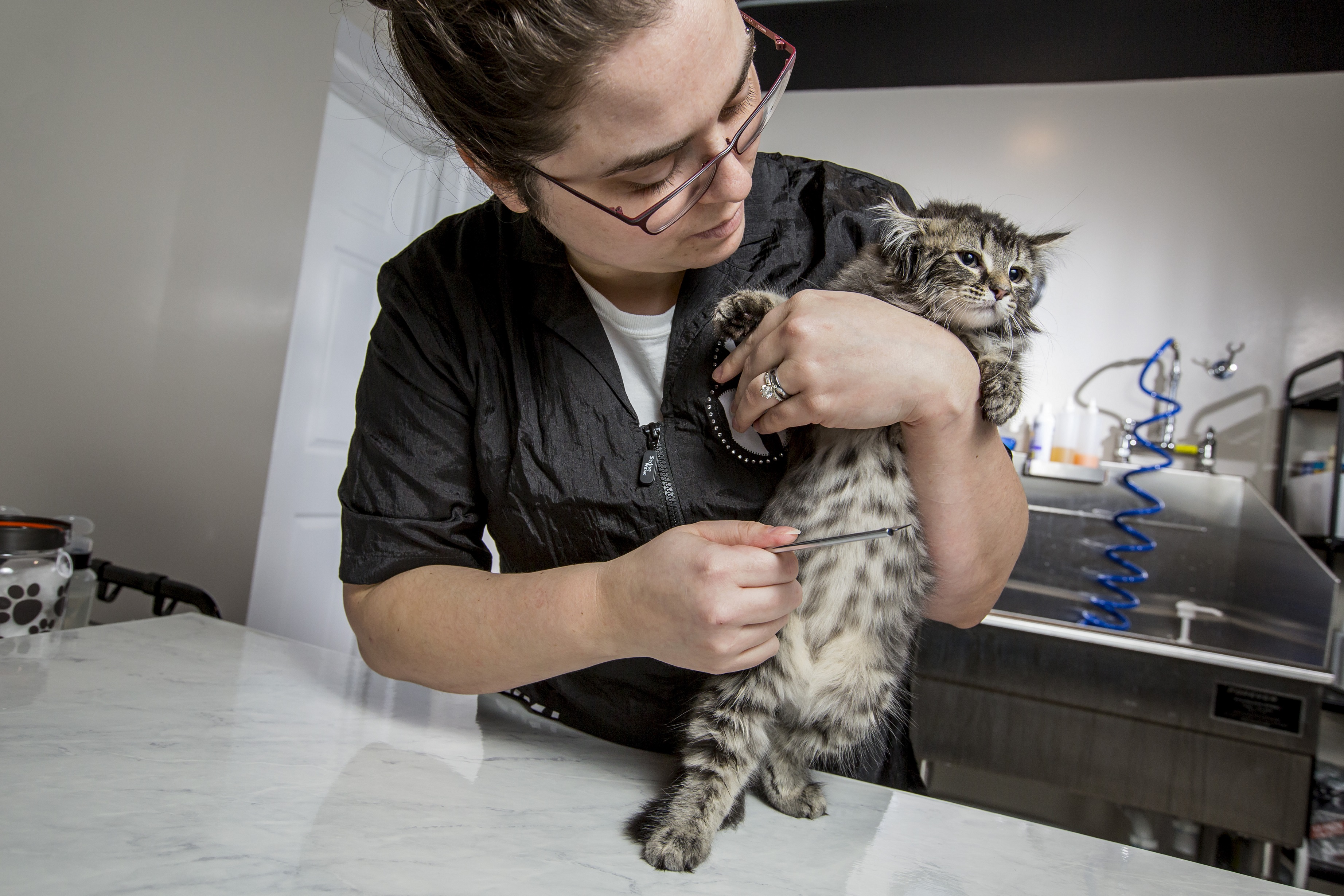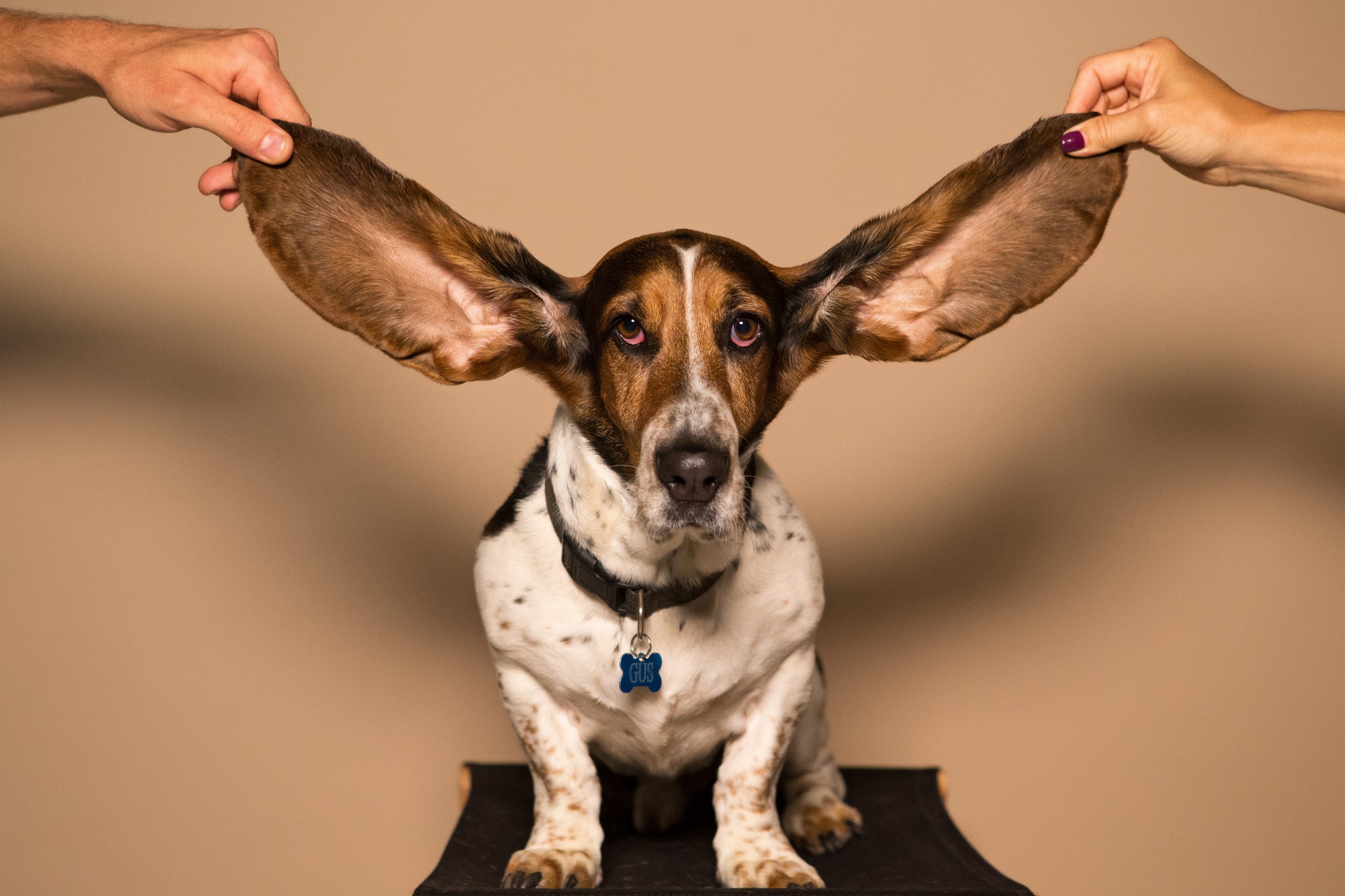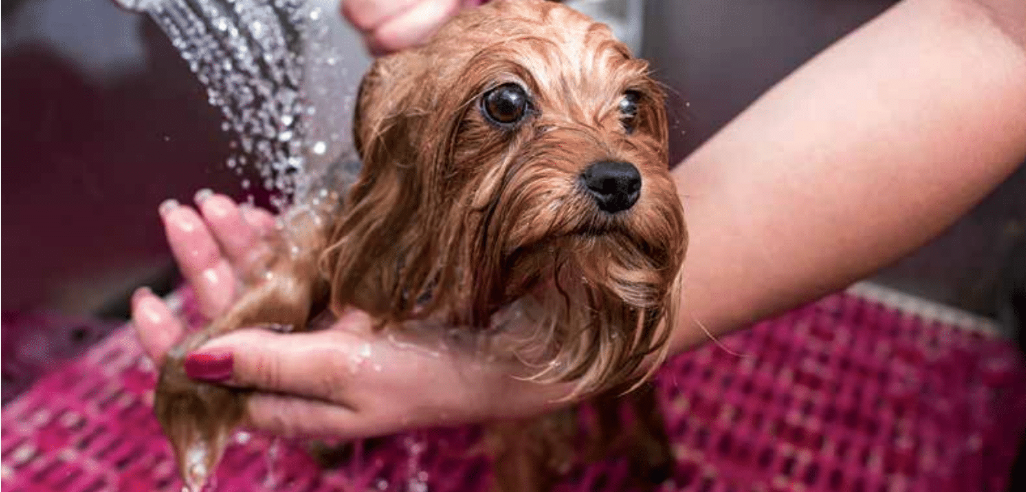Lathered Up
Maggie Marton //February 2, 2016//
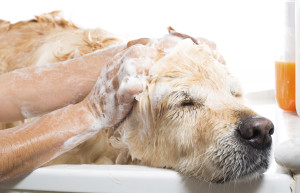 Retailers and groomers often have brand loyalty to a particular line of shampoos and conditioners. This has perhaps served the shop well among customers who also develop brand loyalty, but shifting trends among consumer habits could have long-term repercussions for those who rely on brand loyalty. Keep an eye on three major trends: an influx of younger consumers, an emphasis on job-specific products and a demand for ingredient accountability.
Retailers and groomers often have brand loyalty to a particular line of shampoos and conditioners. This has perhaps served the shop well among customers who also develop brand loyalty, but shifting trends among consumer habits could have long-term repercussions for those who rely on brand loyalty. Keep an eye on three major trends: an influx of younger consumers, an emphasis on job-specific products and a demand for ingredient accountability.
As consumable goods, shampoos and conditioners are repeat purchases in store. However, as dog ownership among Generations X and Y increases, their spending habits impact this category because they’re proving to be spenders who prioritize their experience and the quality of a product over loyalty to a specific brand or store. This provides a unique opportunity for groomers to increase sales among these young, growing, pet-owning demographics.
In the August 2015 study “Pet Stores in the US,” conducted by international research group IBISWorld, it was projected that “in 2015 the continued emphasis on pet services will be a primary driver for sales. This is particularly important as pet stores opt to differentiate from supermarkets and other retail outlets that sell pet food and supplies.”
Capitalize on that trend along with consumer spending habits by offering cross-over products between the salon and the retail shelves. Previously, grooming consumers expected to find different “professional grade” products in the salon that would not be available on the retail side. However, with the increased demand for a consistent experience, that is shifting.
Customers who book regular salon appointments also need to bathe their pet at home between appointments. By offering high-quality products that your salon’s experts can recommend to this discerning group of pet owners, you can add shampoo and conditioner sales onto grooming tickets. For those customers who rarely or even never book salon appointments, they will often seek product recommendations from experts, turning to your salon’s groomers for suggestions. In both of those instances, you can leverage younger demographics’ expectation for quality of service and product through emphasizing your services.
Dog Fashion Spa from Groomer’s Helper offers a luxe shampoo and conditioner pair that can be used by in-store groomers and sold on the retail shelf. The shampoo has calming chamomile and moisturizing aloe, while the conditioner boasts a detangling formulation of fragrant, nourishing fruit and flower essences. Both are free of parabens, synthetic dyes and GMO ingredients.
There is an increasing demand for functional products that coincides with an increase in allergies among dogs.
The first category in the Nootie’s new line is a range of anti-itch formulas in a shampoo and a spray. 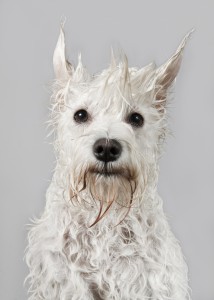
“What makes our products different is that they are true FDA-approved, veterinarian-grade formulations with our top selling fragrance cucumber melon,” said Nootie’s Lonnie Schwimmer. “Also, they have a unique combination of pramoxine HCL and lidocaine HCL that work together to give the pets the most effective relief. If you take note of the active ingredients, they are at one-percent levels and are called out separately. They are great products for pets that continually have itching issues. They are safe to use on dogs, cats and horses.”
In nearly every pet product category, there’s an emphasis on ingredient accountability. This is partly due to the overarching meta-trend that’s driving nearly every facet of the industry: the humanization of pets. Consumers expect the same types and same quality of products for their pets that they expect for themselves. Younger and newer pet owners are willing to pay more for pet products that achieve the quality level they want in their own products.
In this category, trends are also partly tied to the tremendous increase in ingredient accountability in the human Health and Beauty Aid (HABA) market. Demand for natural, nontoxic, environmentally-friendly ingredients continues to experience rapid growth, and that carries from pet owner’s HABA products to their pet’s shampoos and conditioners. Consumers are becoming savvy in industry terminology and seek out labels that adhere to their expectations, valuing qualities like being free of parabens or phthalates, for instance. Brands like Halo, Dr. Harvey’s, DERMagic and earthbath are positioned to capitalize on this trend.
It circles back around to the growing pet ownership among Generations X and Y. Despite the shifting landscape, the good news about these groups’ emphasis on shopping experience and quality of product over a specific brand is that they are open to trying new things. You can test a range of products, adding variety and occasionally swapping out old standbys to see what appeals to this growing group of shoppers.
